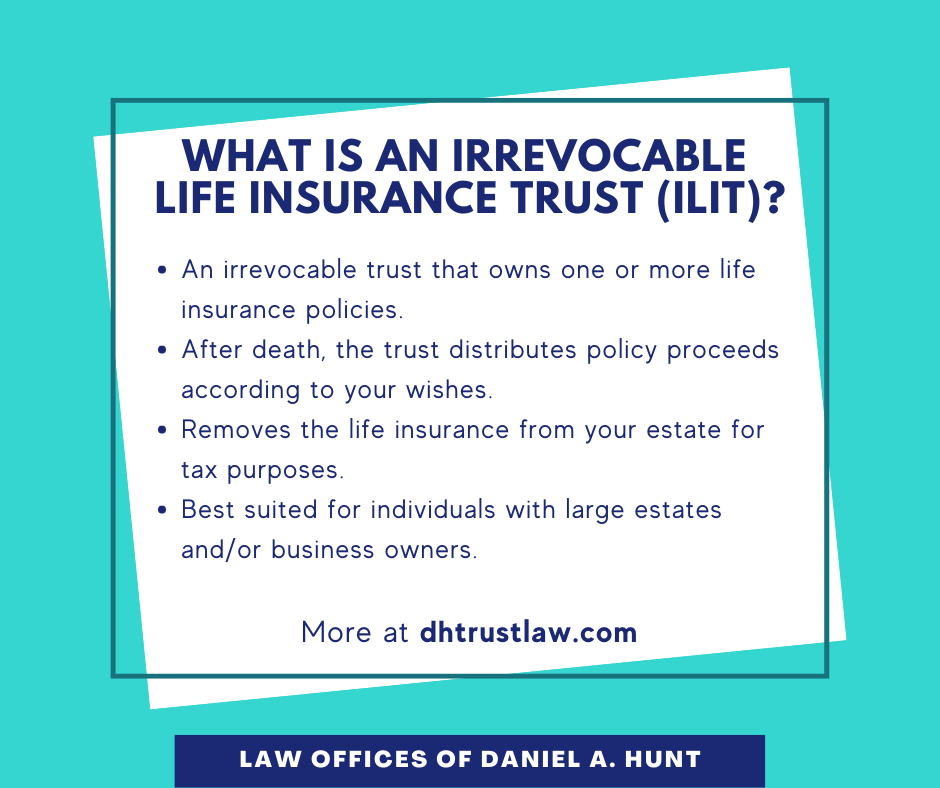Pacific Prime - Truths
Pacific Prime - Truths
Blog Article
Our Pacific Prime Ideas
Table of ContentsPacific Prime Things To Know Before You Get ThisThe Greatest Guide To Pacific PrimeIndicators on Pacific Prime You Should KnowGetting My Pacific Prime To WorkThe 8-Second Trick For Pacific Prime

This is because the information were collected for a duration of solid economic efficiency. Of the approximated 42 million individuals who were uninsured, just about regarding 420,000 (concerning 1 percent) were under 65 years of age, the age at which most Americans come to be qualified for Medicare; 32 million were grownups in between ages 18 and 65, around 19 percent of all adults in this age group; and 10 million were youngsters under 18 years old, about 13.9 percent of all kids (Mills, 2000).
These quotes of the variety of individuals without insurance are generated from the annual March Supplement to the Present Populace Study (CPS), performed by the Demographics Bureau. Unless or else noted, national estimates of people without health and wellness insurance policy and percentages of the populace with various sort of protection are based upon the CPS, one of the most extensively made use of resource of estimates of insurance protection and uninsurance prices.
Examine This Report on Pacific Prime

Still, the CPS is specifically valuable because it produces yearly quotes fairly rapidly, reporting the previous year's insurance protection estimates each September, and because it is the basis for a regular collection of quotes for more than two decades, enabling analysis of fads in insurance coverage in time. For these reasons, along with the substantial use the CPS in various other research studies of insurance protection that are offered in this report, we count on CPS price quotes, with restrictions kept in mind.

The price quote of the number of without insurance people increases when a population's insurance condition is tracked for several years. Over a three-year duration starting early in 1993, 72 million people, 29 percent of the U.S. https://www.indiegogo.com/individuals/37416909. populace, were without protection for at the very least one month. Within a solitary year (1994 ), 53 million individuals experienced at least a month without coverage (Bennefield, 1998a)
6 out of every 10 uninsured grownups are themselves employed. Working does boost the probability that one and one's family members will certainly have insurance, it is not a guarantee. Also participants of households with two full time wage earners have almost a one-in-ten opportunity of being uninsured (9.1 percent uninsured rate) (Hoffman and Pohl, 2000).
4 Simple Techniques For Pacific Prime
New immigrants represent a substantial proportion of people without medical insurance. One evaluation has actually attributed a considerable part of the recent growth in the size of see this the united state without insurance population to immigrants that arrived in the country in between 1994 and 1998 (Camarota and Edwards, 2000). Current immigrants (those who came to the USA within the past four years) do have a high rate of being without insurance (46 percent), yet they and their children represent simply 6 percent of those without insurance coverage country wide (Holahan et al., 2001).
The relationship between medical insurance and access to care is well established, as documented later in this chapter. Although the connection in between medical insurance and health and wellness results is neither direct nor simple, a substantial scientific and health and wellness services research literature web links medical insurance protection to enhanced access to care, much better quality, and improved individual and population wellness condition.
Degrees of evaluation for analyzing the effects of uninsurance. This conversation of medical insurance coverage concentrates mostly on the U.S. populace under age 65 because basically all Americans 65 and older have Medicare or other public insurance coverage. It focuses particularly on those without any health and wellness insurance policy for any size of time.
An Unbiased View of Pacific Prime
The problems faced by the underinsured are in some respects similar to those faced by the uninsured, although they are generally less severe. international travel insurance. Uninsurance and underinsurance, nonetheless, entail definitely different policy concerns, and the approaches for resolving them might vary. Throughout this research study and the five reports to follow, the main focus is on individuals without health and wellness insurance and therefore no help in spending for healthcare beyond what is available through charity and safeguard establishments
Wellness insurance coverage is a powerful variable impacting receipt of treatment since both patients and medical professionals reply to the out-of-pocket rate of solutions - https://myanimelist.net/profile/pacificpr1me. Health insurance, nonetheless, is neither essential neither sufficient to access to clinical services. Nonetheless, the independent and straight impact of health and wellness insurance protection on accessibility to health solutions is well developed.
Others will acquire the healthcare they require even without medical insurance, by paying for it out of pocket or seeking it from companies who use treatment complimentary or at very subsidized rates. For still others, health insurance coverage alone does not ensure receipt of treatment due to various other nonfinancial obstacles, such as a lack of healthcare service providers in their area, minimal access to transport, illiteracy, or etymological and social differences.
About Pacific Prime
Official study concerning without insurance populations in the United States dates to the late 1920s and early 1930s when the Committee on the Cost of Medical Care created a collection of records concerning funding medical professional workplace visits and hospitalizations. This issue became salient as the numbers of medically indigent climbed during the Great Depression.
Report this page